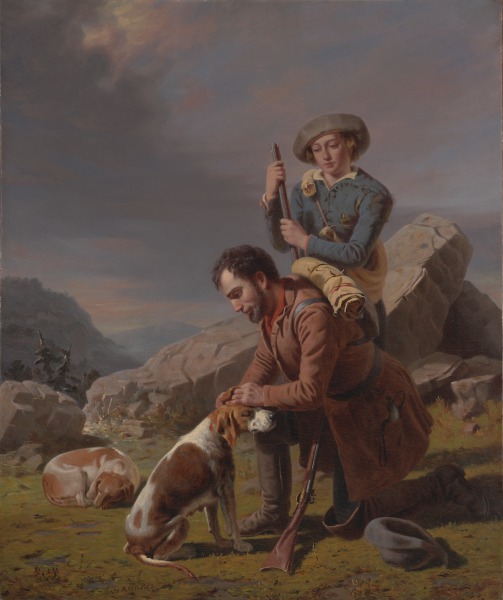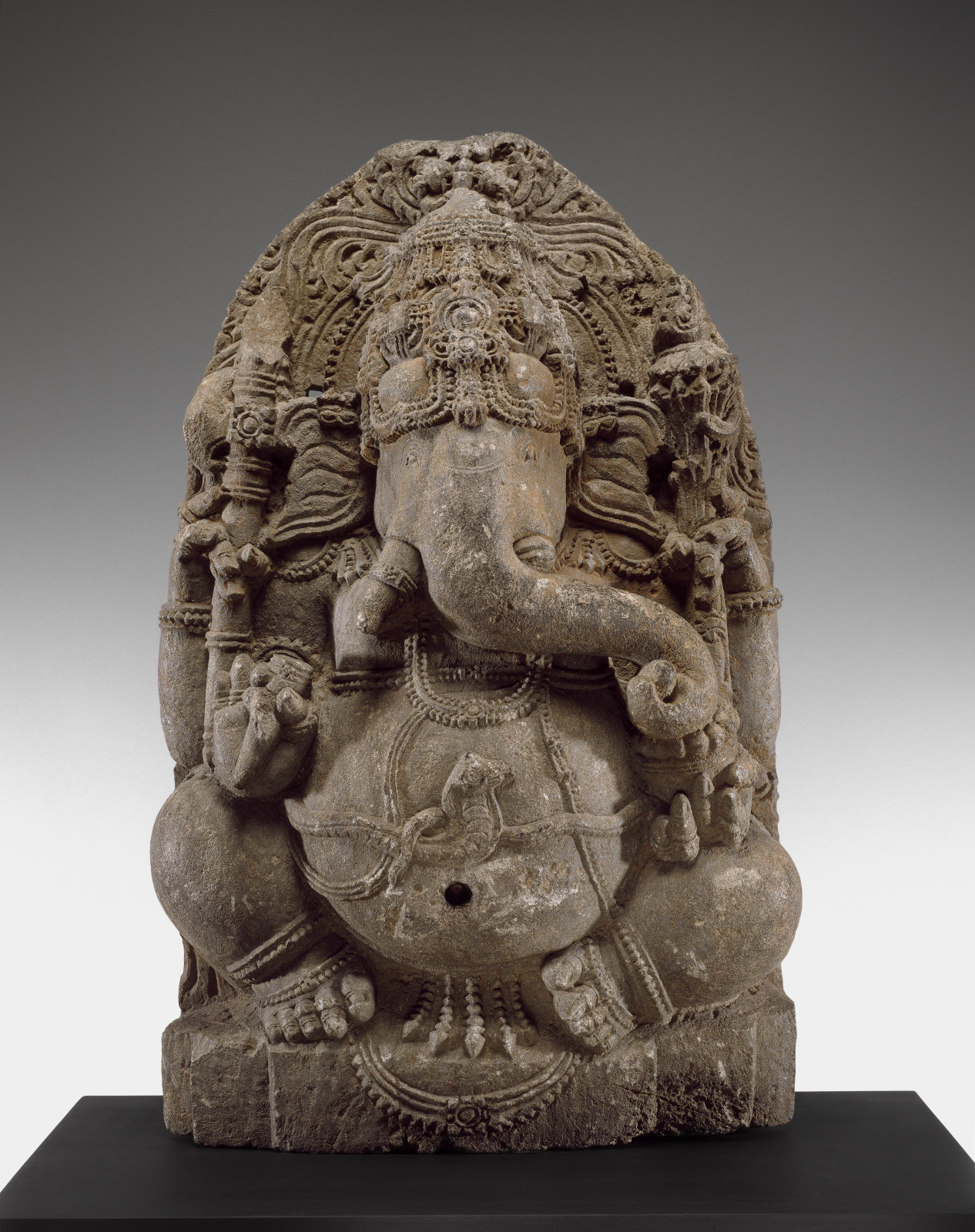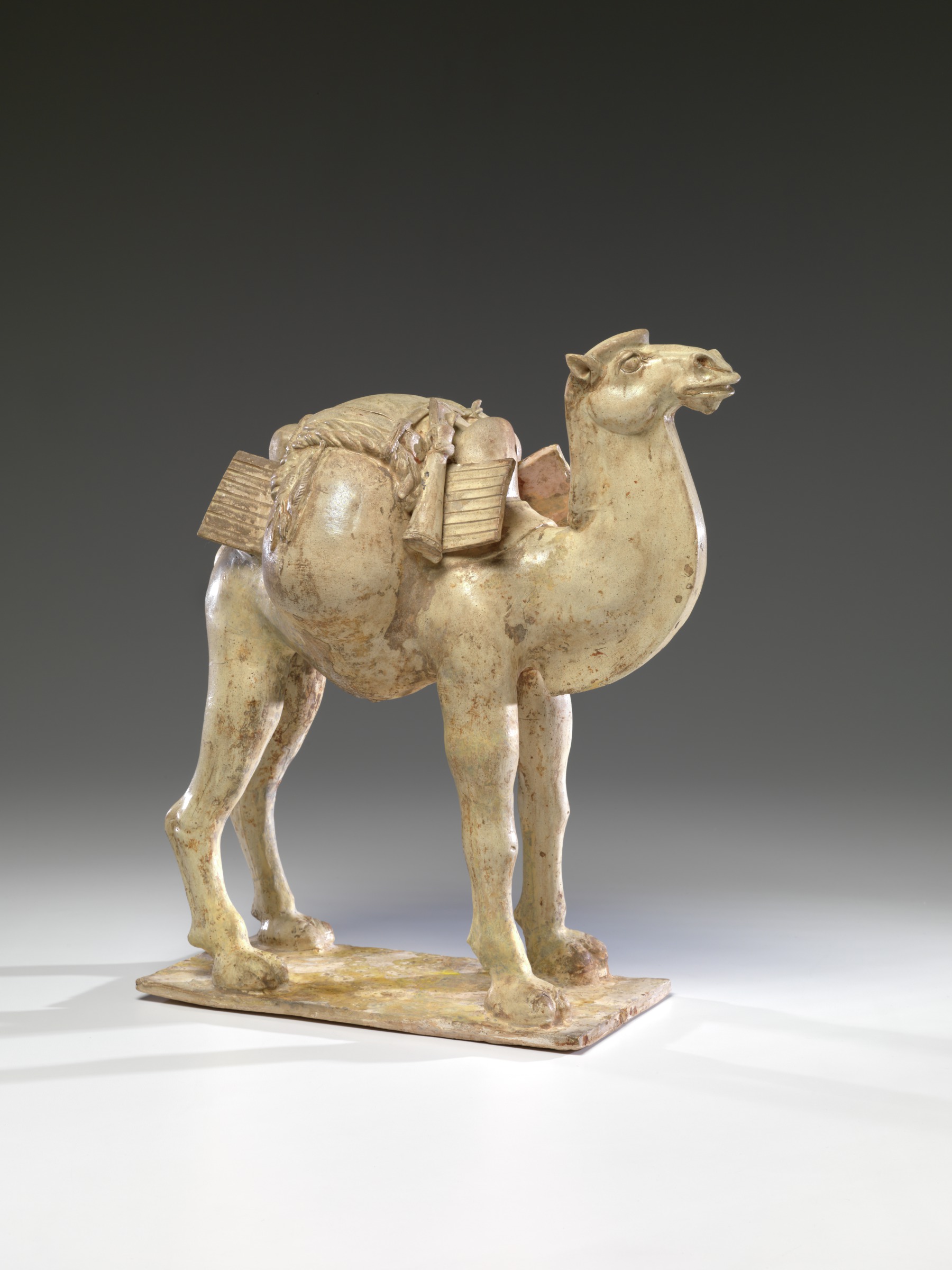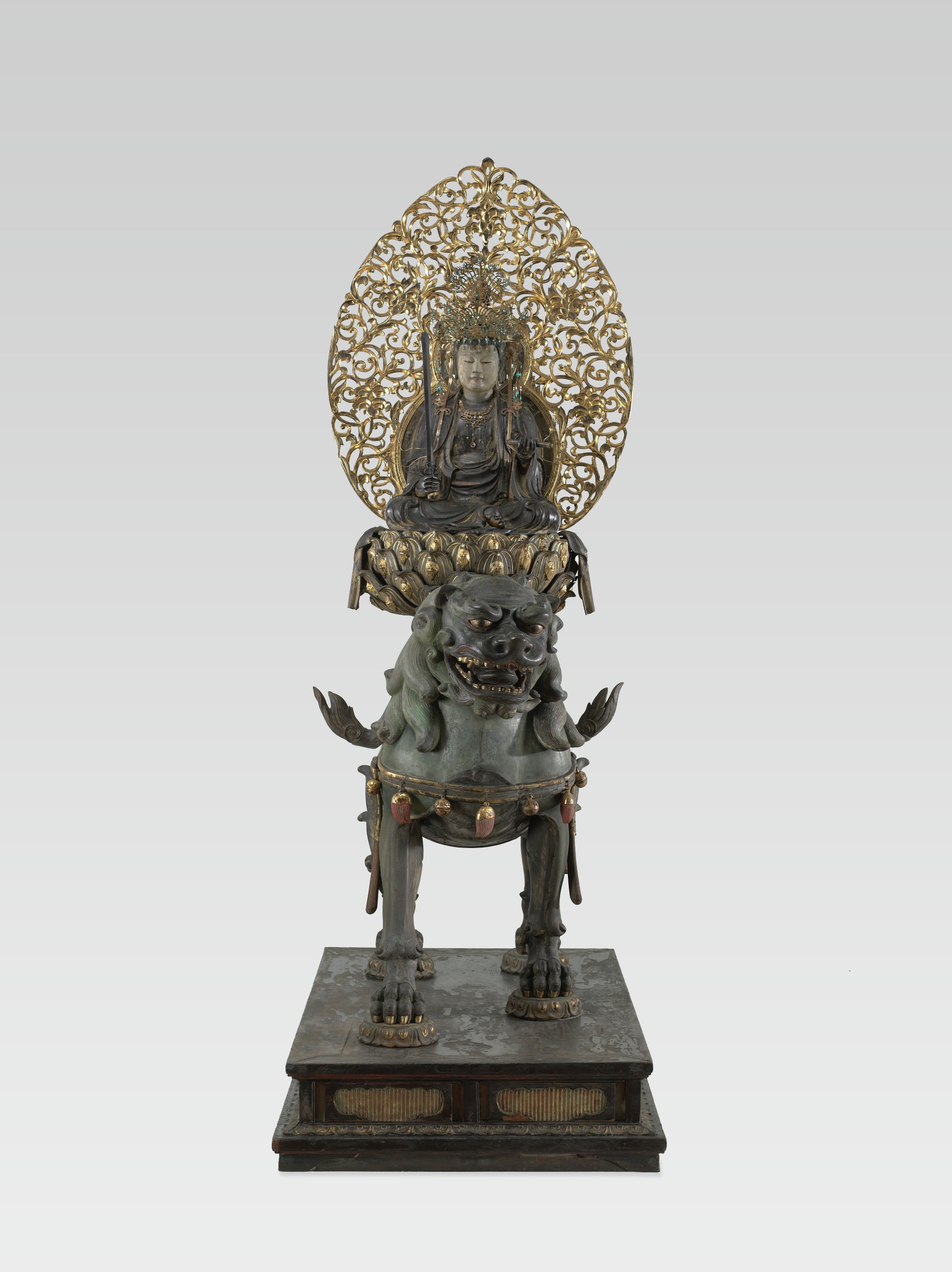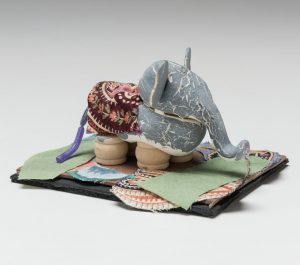
Topic Tour: Animals!
Find animals in VMFA's galleries and then create your own animal sculpture!
Introduction
Animals are an important part of our world. They make us laugh, they help us learn to care for others, they live all over the world and in different environments – and you can find many of them at VMFA!
To begin, ask your child what they know about animals– their coverings (fur, scales, feathers), their features (eyes, ears, noses, tongues, tails), what sounds they make, and other important aspects that make them unique (what they eat, drink, or like to play with).
Did you know that phrasing your questions a certain way can make children think and strengthen their cognitive development and observational skills? Try asking open-ended questions that spark creative responses rather than questions that result in Yes or No answers.
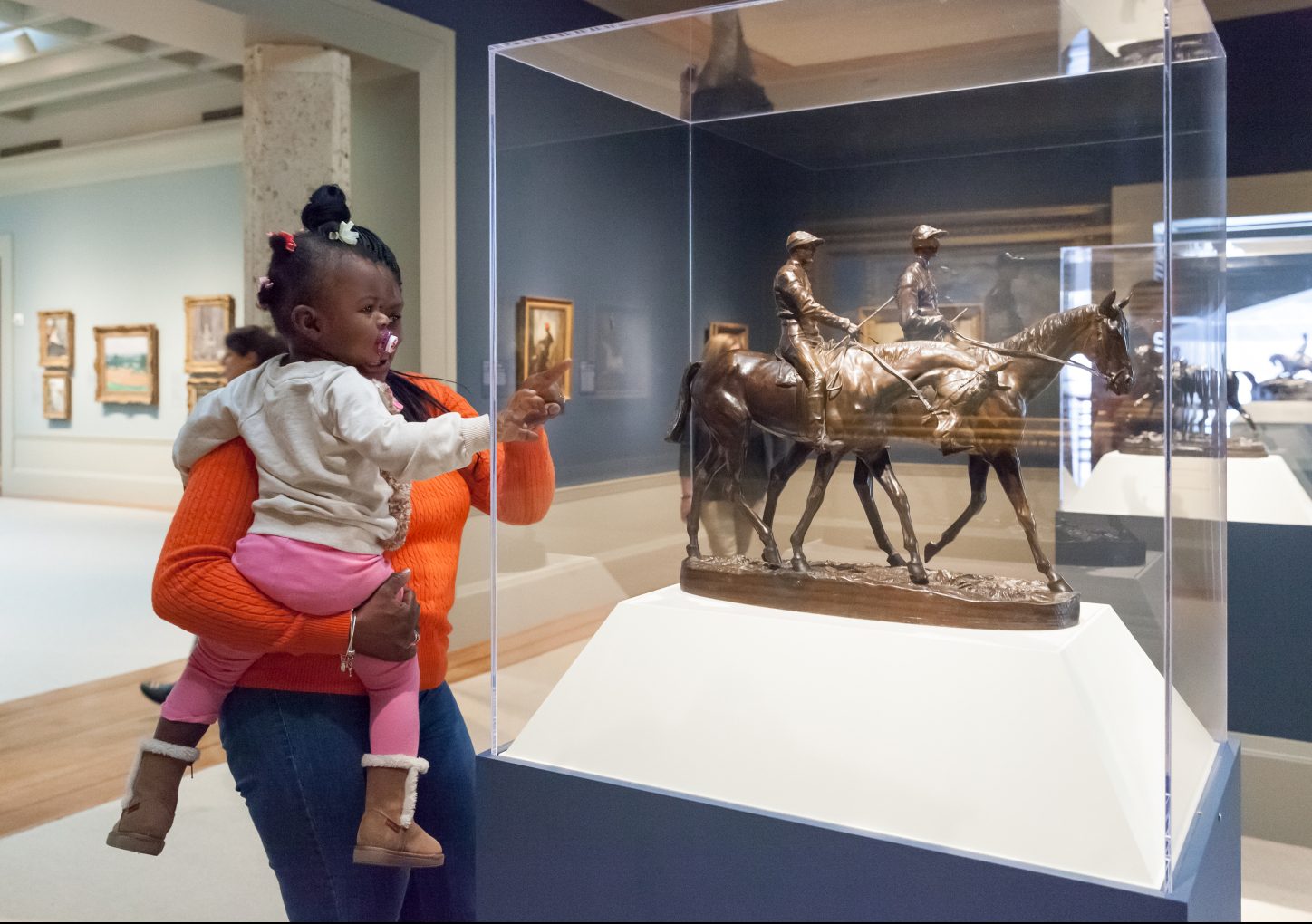
Gallery Guidelines
One of the tools we use to engage our students is enrichment activities – songs, games and materials that invite children to explore the objects in a deeper capacity. We invite you to do the same! Here are some guidelines to keep in mind:
- Only bring soft, dry, materials with you, and something to easily contain them (a small bag or basket).
- Do not bring wet, hard, or sticky objects like rocks, markers or stickers.
- Suggested materials – pipe cleaners, feathers, silk leaves, pom poms, etc.
- We usually incorporate items that connect with the objects we are looking at or with the songs we sing (silk leaves for jungle animal songs or large doll straw hats that resemble a hat in a portrait).
- Remember to keep the art work safe by using museum hands (holding hands together like they’re giving each other a hug) and walking like slow moving turtles while in the galleries.
Object 1
Wounded Hound
Upon entering the Museum’s Main Entrance, take the first set of stairs or elevator up to the second floor and follow the signs to enter the American Galleries. Once in the gallery go straight under Alexander Calder’s Hanging Mobile. Then, to your right go through the door entering the McGlothin Collection. Travel straight through the first room, noticing the horses in The Hitch Team straight ahead. Once you have passed The Hitch Team and walk through the doorway into the next room, turn immediately left to view Wounded Hound installed on that wall.
William Ranney is a 19th century American painter know for scenes depicting hunters, mountain men, trappers, and other scenes of Western or Frontier life at that time. Supposedly, later in his life, he moved back to New York and had a studio that was big enough to have animals come in it, including horses! Though the title indicates the dog is hurt, the colors of the scene suggest a hopeful outcome.
Discussion Questions
- What do you notice about this painting?
- How is the dog feeling in this painting? How do the people feel?
- Does anyone have a dog at home? What other pets do you have at home?
- What do you notice about the setting or background of this painting? Where do you think they are?
Gallery Song
Here is a great song to sing when we talk about the animals in this painting: My Dog Rags
Lyrics:
I have a dog.
His name is Rags.
He eats so much that his tummy sags,
His ears flip flop
and his tail wig wags.
And when he walks, he goes zig zag.
He goes flip flop, wig wag, zig zag.
He goes flip flop, wig wag, zig zag.
He goes flip flop, wig wag, zig zag.
I love Rags and he loves me.
Interesting Fact!
Spending time around animals can benefit children in many ways! Learn more from 20 Benefits of Raising Kids Around Animals.

Object 2
Seated Ganesha
Enter the museum through the main entrance and travel up the glass elevator to the third floor. Turn right out of the elevator and then left into the South Asian Art Gallery. You all will enter a room filled with stone sculptures that once lived in temples throughout India.
At the center of the room you will find Ganesha seated on a throne. Ganesha is an elephant headed deity and one that children love to visit! As you all observe Ganesha, invite your child to tell you what they notice about him.
Discussion Questions
- What do you notice about this animal?
- What do you see on his head, wrists, and ankles?
- Can you find his trunk? (Ganesha’s trunk is reaching into a bowl of treats because he loves sweets!)
- What is wrapped around his belly? (A snake is wrapped around him like a belt to hold his full belly together).
- Do you notice his belly button? Do you have a belly button?
Gallery Action Rhyme
We often sing songs and rhymes in the galleries, and you are welcome to do so as well! This is a wonderful action rhyme that we love to sing when we talk about this sculpture: Five Elephants in the Bathtub.
When you are ready to continue on your tour, head through the South Asian Gallery making your way past the Garden Pavilion and the Howdah (you all may enjoy looking at how the Howdah would sit on the elephant and the decadent textures and mythical animals on the object). In the last room of the South Asian Galleries you will see an exit. This will lead into the South Asian Lounge with sculptures like Padmasambhava and a wonderful view of Boulevard. Take the elevator down to the second floor and turn right to walk through the glass doors onto the landing where A Small Band is installed.
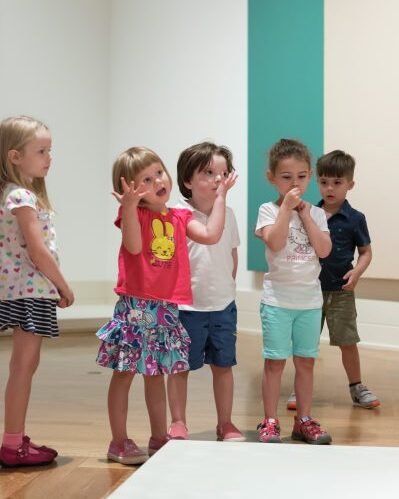
Object 3
Bactrian Camel
Head through the Works on Paper Gallery and turn left into the Ancient Chinese room in the East Asian Art Gallery. Immediately you should spot our next object–the Bactrian Camel!
This sculpture depicts an important animal in Ancient China. Camels are very special, unique animals. They store fat in their humps and can live without water for 6-10 days! They have a third, clear eyelid and they have two rows of long lashes that protect their eyes from blowing sand. Sand up the nose can be a problem, but not for camels, they can shut their nostrils during sandstorms.
Discussion Questions
- Look at the camel from all sides, can you find his humps? How many does he have?
- Can you tell why camels were important to people long ago?
- What do you see on the camel’s back?
- Where is the camel’s nose? Do you notice his nostrils?
- What do you think this sculpture is made out of? (It is made out of clay and if you look underneath, you can see that it is hollow inside.)
Gallery Action Song
Here is an exciting song to go along with this desert animal: Alice the Camel.
Exit the Ancient Chinese gallery and enter the Cochrane Court (the large echoing room with the The Four Seasons mosaic in it.) Find the doorway that is protected by a pair of Guardian Lions and inside this gallery you will find the last animals we are featuring!
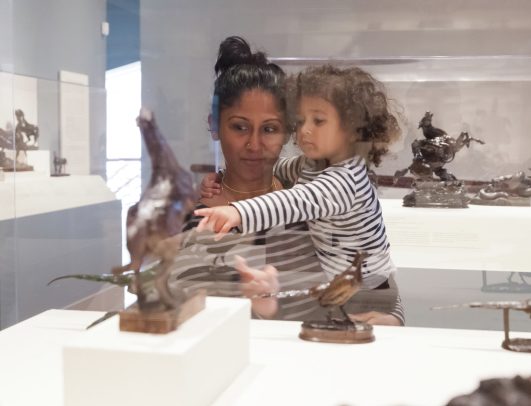
Object 4
Monju (Bodhisattva Manjusri) on Lion, and Fugen (Bodhisattva Samantabhadra) on Elephant
Monju (Bodhisattva Manjusri) on Lion (pictured on the left), and Fugen (Bodhisattva Samantabhadra) on Elephant (nearby in the gallery) are the most important bohdisattvas of East Asian Buddhism in the Heian period. Monju represents wisdom as he sits upon a lotus blossom which rides on the saddle of a lion. Fugen rides an elegant elephant which embodies sensory perception and royal power.
Discussion Questions
- What animals do you see?
- What do you notice about them? (allow children to independently point out the colors, features, and person seated on top of the animal)
- Previously we saw animals made of stone, metal and clay. What do you think these animals are made of?
- Did you know that different animals live in different parts of the world?
- Do lions and elephants live around us or do they live in a different part of the world?
- Some lions and elephants live in the continent of Asia, in the jungle. The jungle is a lush green environment with lots of trees and vines.
Gallery Action Song
Here’s a song to sing with fabric leaves!
Lions and Tigers
(Sung to the tune of London Bridge is Falling Down)
Lions and tigers go peek-a-boo, peek-a-boo, peek-a-boo,
Lions and tigers go peek-a-boo, lions and tigers
Lions and tigers come out to play, out to play, out to play,
Lions and tigers come out to play, lions and tigers
Lions stand up and tigers sit down, tigers sit down, tigers sit down,
Lions stand up and tigers sit down, lions and tigers!
Interesting Fact!
Forest elephants are found in jungles and rain forests! They are smaller than the elephants that live in Africa. Learn more on Animal Facts Encyclopedia.
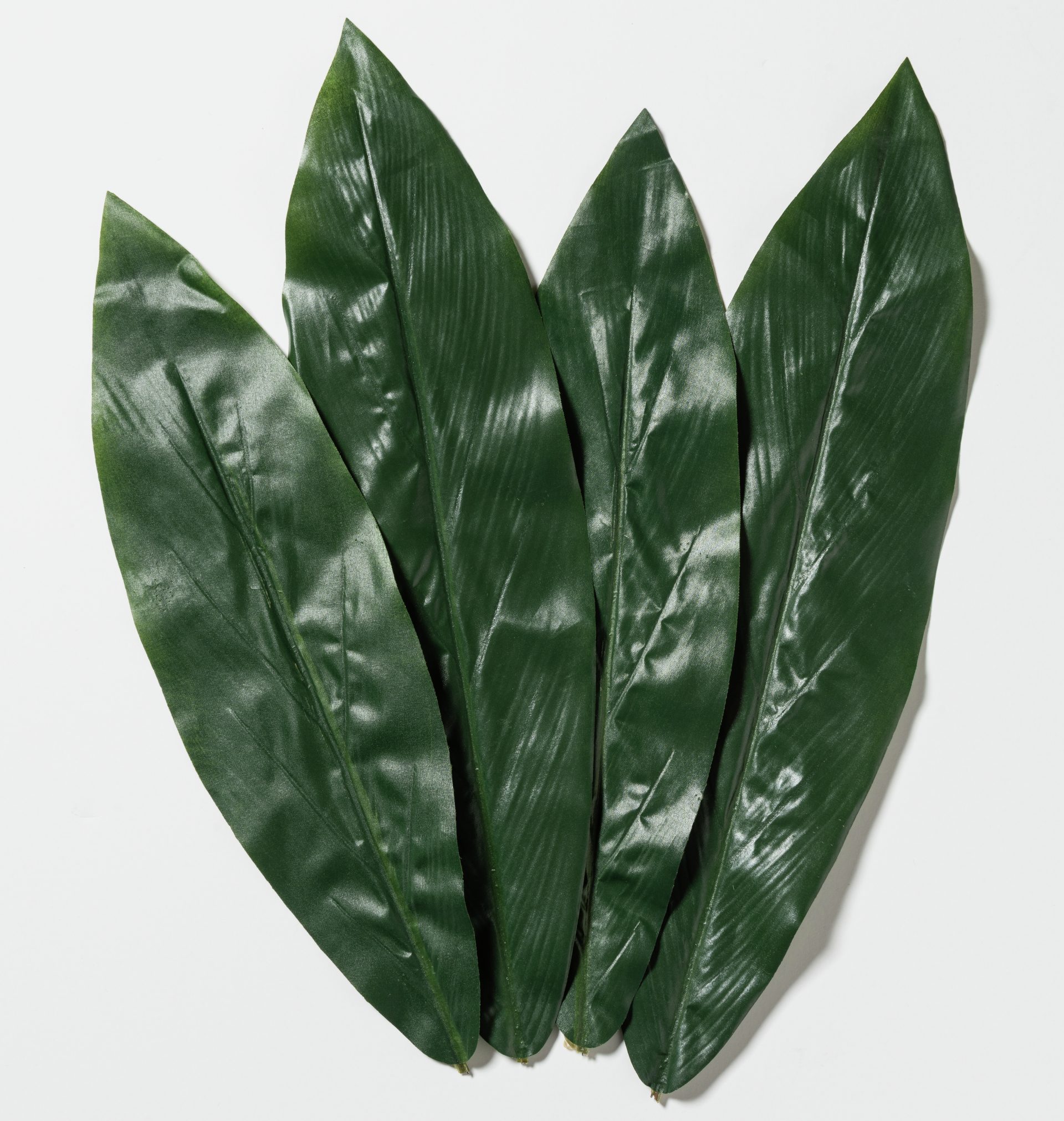
Art Project
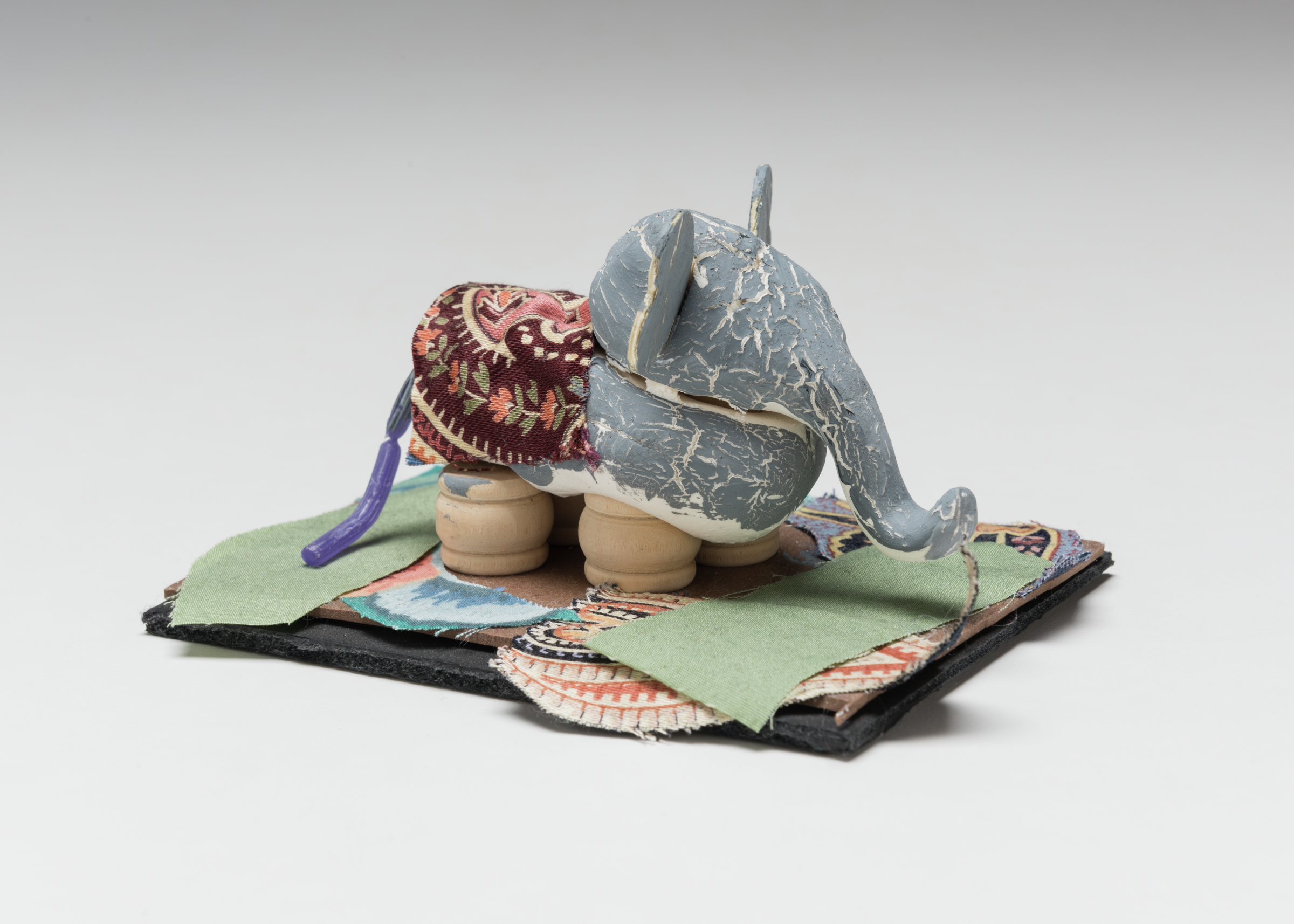
After your visit to the museum, create your own animal artwork! Remember that some children may create a recognizable animal, but others may create a creature that is unique to themselves. They may press the clay in many different ways and enjoy the process of manipulating the material. The process is more important than the outcome. Allowing children to create their art with the freedom to make their own choices builds confidence and independence. We encourage this and hope that you will too! To learn about the benefits of playing with playdough visit How Process-Focused Art Experiences Support Preschoolers!
Materials:
- Clay, dough or Model Magic (recipe for homemade dough).
- Wooden spools, blocks, assorted shapes, etc.
- Pieces of fabric
- Foam core or cardboard for base
- Adhesive medium – craft glue, Elmer’s glue or adhesive backed foam
- White and black paint and any other colors children would like– tempera, homemade or food grade depending on the age of your child
Directions:
- Before working with your child, shape the clay or dough into shapes– a large oval and a circle, and for young children a cylinder shape (2.5-5 year olds can pinch out the trunk while young children will attach theirs)
- Before children start working with the clay or dough ask them to practice with their “pinching fingers” and to turn their hands into beaks and open and close them “like a hungry bird”– this will warm their hands up to work with the clay.
- Assemble sculptures pressing head (circle) onto body (oval), they may pinch out ears and either pull out a nose, or attach it if you are using the cylinder shape.
- Add feet (if desired) from the wooden blocks, shapes, spools – or even more clay. Set the body of the animal onto the feet.
- Give children white and black paint and watch them mix the colors turning them into grey. Paint creatures with the mixed paint or any other color they choose.
- Create base – attach fabric to foam core or cardboard base using drops of liquid glue or glue dots. Add creature to the base.
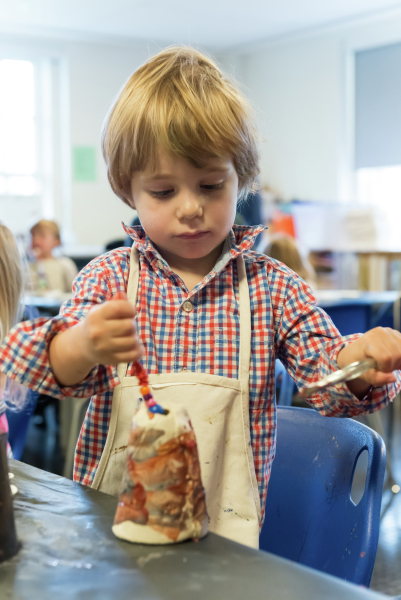
Book List
Here are some suggested books that relate to this resource:
Seven Blind Mice by Ed Young
Hare and Tortoise by Alison Murray
Guess How Much I Love You by Sam McBratney
Camels Have Humps (Tell Me Why?) by Susan Heinrichs Gray
Jazzy in the Jungle by Lucy Cousins
If You’re Happy and You Know It (Jungle Edition) by James Warhola
The Lion and the Mouse by Jerry Pinkney
